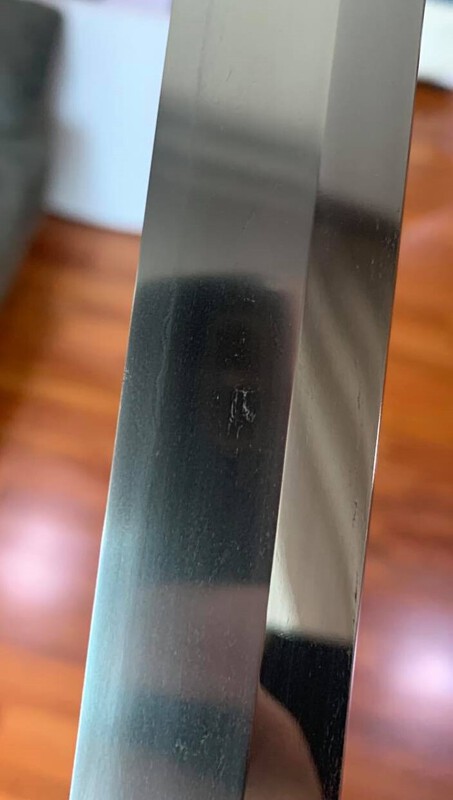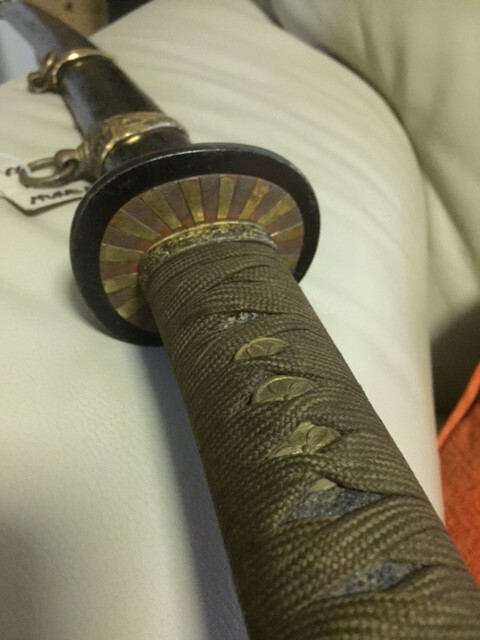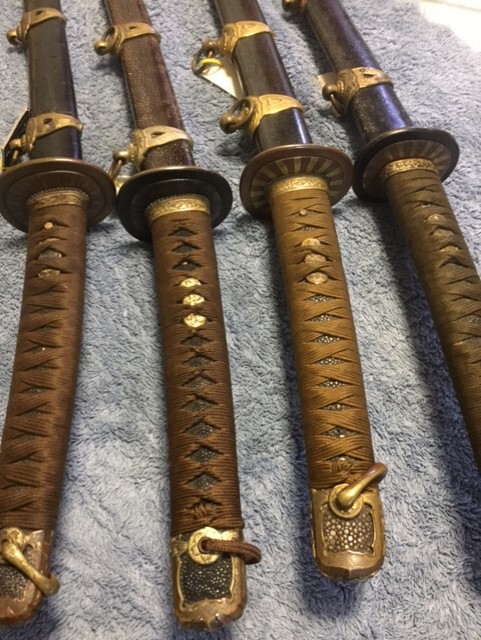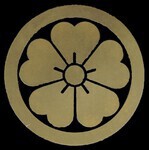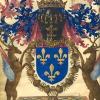Leaderboard
Popular Content
Showing content with the highest reputation on 07/18/2021 in all areas
-
4 points
-
Item No. 80 - Iron tsuba with shibuichi and gold - 8.05 cm x 7.38 cm x 0.38 cm Subject of pine tree , stream and moon , made approx. ten years ago by Ford Hallam A strong , stately pine tree partially depicted with branches and needles . The plugs shaded to represent the moon , reflected in the calmly flowing water . Overall a contemplative piece , with a quiet , soothing feel that evokes a similar response from the viewer , especially when held in hand. This tsuba was the first entered into the annual NBSK competition to win gold for a non-Japanese maker.3 points
-
In ko-bizen there are two kinds of sugata (the difference is mainly in the mihaba with a kissaki in proportion and the depth of the sori) and the kamazu-kissaki is not an absolute rule, Masatsune for example making a ko-kissaki and even sometimes a chu-kissaki3 points
-
Juan, in my understanding, a scratch will be straight or almost straight. What I see in your photos does not look like a scratch. If this phenomenon is visible on both sides in exactly the same position, I don't know how to call it otherwise than HAGIRE.2 points
-
You performed Tameshigiri with an alleged Koto sword? Just asking.2 points
-
2 points
-
I looked again too, and actually, for a katana with TH and decent antique koshirae/shirasaya thought the price was pretty fair indeed.2 points
-
Alex, John & John, Thanks for your encouraging words - much appreciated! Cheers, Jon2 points
-
I’ve looked at at again and it looks better second time around. I’m sure you’ve made a good choice and thanks for letting us play around at spending your money.2 points
-
Zsolt, there are some traditional learning techniques to distinguish good from bad: Reading good books, reading here in the NMB forum, and looking at genuine blades for comparison. It only takes a lifetime to become an expert.....2 points
-
2 points
-
Hmmm, I an still "see" everything. I'll copy and paste it and put it up here as a document... Watch this space. BaZZa.2 points
-
It's a horrible horrible ugly nasty complete mess of a Chinese fake that really doesn't warrant any time spent on it. BAD!2 points
-
Following Matt's comment, here's a bit of context about what this all means to me (Nihoto, collecting, etc), and "why now". I'm just starting in a new hobby. I want to learn about Nihonto, their history and also the historical context in which they were created. I find all this fascinating and in-line with my long interest in military history (possibly as a result of 12 years service in my youth), so I'm doing a lot of reading, studying and asking questions. The opportunities for studying swords "in-hand" is unavailable to me at present, so reading/asking is my next best option. However, collecting one or more swords will be a hobby, an interest and a pass-time for me; it's not going to be the central factor in my life (I've also got a family and a couple of motorbikes!). If I spend my whole life waiting and saving for something better, I'll just be "some bloke that reads about nihonto", whereas if I buy a sword now (however inadequate), I can learn from the blade, the fittings/koshirae, your comments about it, and (potentially) the mistakes I've made if it's a poor choice. In short, I don't (yet) have the commitment to aspire to a "two kidney" sword or to wait years to find out what owning/studying a sword is like. 5,000 quid (Approx 760,000 Yen or 7,000 USD) is a lot of money to me and is only available after flogging one of my bikes and some militaria (I didn't sell to buy a sword; other reasons, but that's why I have some money available for hobbies now). However, I know what I can afford to spend and what I can afford to risk/lose. Spending years saving-up more to get into a hobby at a higher level doesn't appeal to me and won't make me happy (ref Matt's quote). The original post in this thread asked two questions about a few swords I could afford and liked (i.e. Red-Flags on these swords and questions to ask about them). Thank you very much to all that helped answer those questions and also for the additional advice received. Now that I have had the order confirmed, I'll tell you that I chose the first one in the list, the Owari ( https://www.Japanese-sword-katana.jp/katana/2110-1092.htm ) with the help of the people that responded). If anyone's interested, I can explain why I went for that one (new bloke's view!), but I'll post it in a different thread in a few weeks, along with a report of the buying/importing experience. In that way, my thoughts (and the resulting constructive criticism from members) will hopefully be more useful for other new starters, rather than burying that info in this thread. I'm happy with my choice, but I'm now expecting to be led to the pillory for the commencement of my public humiliation! Cheers, Jon2 points
-
Hi! New to the forum so I'm not sure if this is the correct place for this, but I was wondering if anyone knew of any Nihonto groups, clubs, or experts in Georgia (particularly the greater Atlanta area)? I have a wakizashi that I would like to get a more hands-on evaluation of. I actually had a cousin who used this forum post pictures of it here back in 2011, shortly after I was received the sword from my grandfather. Here is the link: http://www.militaria.co.za/nmb/viewtopic.php?f=1&t=11719 I do usually attend Blade Show in Atlanta every year (my main area of interest is custom pocket knives), but have never thought to check if any experts attend. I missed it this year due to COVID but I will be attending next year if that is my best bet. Thanks in advance, Jake1 point
-
I am, by the photos, 99% convinced it is hagire, a fatality in that its function is totally compromised. Too bad. John1 point
-
I enjoyed reading this old thread from nearly 4 years ago (September 2017) concerning Type 97 Kai Guntos. A little amused by this particular post from four years ago because seems to highlight how times may have changed - appears that in 2021 these Kai Guntos are quite popular and that, in most cases, it would not take a year to sell one now. From what I have seen lately, Type 97's are very much in demand and they sell rather quickly. From what I have read, Type 95's have increased in popularity among collectors over the past decade or so (along with price appreciation) and it seems to me that these Type 97's may be undergoing a similar rise in popularity and price appreciation, including those with the rust-resistant (stainless steel) non-traditional blades. I'm a fan of the Type 97! Note: Collectibles, in general, have been rising in demand over the past year or so, and, like fine Art, I suppose Nihontos and Guntos are no exception.1 point
-
Hi Chris, Looking again, I’m pretty sure it’s Takayama to. The yama kanji is vague but the others are there. I know next to nothing about military blades so I’ll leave it to you guys to debate.1 point
-
A long kerikubi (the part between the blade and the tang) is usually an indicator of a koto yari. The one on yours is long so, yes, it could be muromachi.1 point
-
I found them too but my record keeping is better than yours. IJA officers factory made sword?1 point
-
Volker, I will take this Tanto as per our conversations. Thank you so much. I look forward to adding this to my modest collection. MikeR1 point
-
Merged into one topic. I don't think you needed 7 topics for this.1 point
-
Carving mei doesn't remove the metal...it "pushes it aside" Experts in mei removal will actually push the metal back into place, so it is not like just filing off what was there. It is very specialized.1 point
-
1 point
-
Thank you for your comments so far. In fact, I would like to use this nihonto imitation to investigate how AI deep learning techniques could be used to help distinguish between pieces of traditional Japanese sword making from other imitations. Perhaps this topic should be started in a new topic.1 point
-
Peter, Tsuka & Seppa are Rinji Seishiki from a low grade sword. The tsuba didn't fit and is something else.1 point
-
1 point
-
1 point
-
Came home from work today and it was here, waiting on me. So the actual nagasa is 9" (22.8cm) the overall length is 24.5" (62.2cm) the width across the wide flat is 1.5" (3.8cm) the nakago is 11/16" (17.5mm) square, at the largest point and is 14.5" (36.8cm long) That is going to be a huge pole to mount that monster!1 point
-
1 point
-
Thank you George, that is very insightful information about the 4 gentleman theme, I like it. Anybody know of a written source that outlines themes/stories/fables and their meanings in the Japanese culture from days gone by? It would need to be in English as my Japanese is nonexistent. Mark1 point
-
Steve there is a relevant article on Tokushima/Kaifu swordsmiths in NMB Downloads. Mal1 point
-
Peter, there is a thread somewhere talking specifically about this kind. General consensus is that they were made in Manchuria possibly for collaboration forces. Maybe someone can provide a link, I can’t find it.1 point
-
1 point
-
1 point
-
John, that is of course correct. A blade shorter than two SHAKU (= 60,6 mm) is a WAKIZASHI by modern definition, and the dealers should point that out correctly. But I know that many Japanese are not always so strict, when a blade was obviously made as KATANA. Take the case of the UCHI-GATANA many of which are just a tad shorter than two SHAKU. They were not meant to be worn and used as WAKIZASHI.1 point
-
Chris is correct Greg, you will struggle at that price unless you want to search, wait and then get really lucky. Be carefull buying something around that price (or for less), lots of good fakes, replicas and "fantasy" swords out there for not much money. If you happen to come across something that meets your current criteria then you could just run it past NMB members before hand (if you can) because I am sure you will get honest opinions (still only opinions though). Rob1 point
-
1 point
-
Ko-mihara arrived! Not as flashy as the other two threads but uch harder to get in photographs how nuanced all the detail in the steel is. @Darkcon some attempts at the hada... I did not have my better iPhone camera handy. @John A Stuart another boshi shot for you as well. Will try again in better lighting, these do not do it justice.1 point
-
I wouldn't at all be surprised that future regimes of experts, will invalidate them again. Life is like a box of chocolates. Good luck. Peace. Tom D.1 point
-
1 point
-
Adam, I get the feeling that you are unhappy with the results of the shinsa and that is difficult for me to comprehend. It is as though you wanted confirmation that you “made a bad buy”. The rationale for my hypothesis of your unhappiness stems from the following statements throughout your post: “It's time I come to grips with the fact that I made a bad buy a few years back”. “several knowledgeable people told me it is gimei and more likely than not has hagiri”. “100% hagire, right? I’m fairly certain it is”. “Since there is no point sending to shinsa since it will auto fail” “I thought I would ask for some help on here to identify it.” “I just want to clear up my own confusion as I keep hearing different things from different people”. “My main question is mostly about the mei”. “some people said "gimei" so that got me wondering what the sword really is if not dotanuki”. “I showed it to someone at the show who pointed out it looks like there are two possible hagire in the middle of the blade which were hidden with some scuff marks. They're also so super tiny that you have to take out a loupe to see them and know where they are but they're there. “It was mixed. Of the people in the panel, only one could see anything and only on one side.” Instead, you received confirmation of the sword’s legitimacy, yet you still seem unhappy. Let’s answer your pre-shinsa statements from above: No, it was not a bad buy! Now you have a signed, papered Dotonuki at approximately 1/3-1/4 what they sell for today. How knowledgeable do you think they are now? Not as much, right? 100% wrong! Really?? I hope this has been a positive learning experience for you. Forget listening to those (less than) knowledgeable people that you seemed to rely on so heavily. Several people here gave you sound advice, but Franco’s post summed it up the best: “While Shinsa may doom it, a positive outcome will assure and lay to rest any doubt should you decide to sell.” Can’t answer that one. 100% confirmed opinion of shinsa team, mei is good!! Some people, several knowledgeable people, were WRONG! Upon reexamination, shinsa team stands by their original decision and reiterate “they (no, one person) could only see them on one side and that they were extremely small, even suggesting they might polish out. I take that to mean they don't agree that they're hagire after all. They're sticking with the decision to issue papers for this sword”. Then it wasn’t hagiri!!! ** Let’s be clear for you and anyone else with a lack of knowledge or any doubt: Hagiri is a crack in the edge of a blade. A crack goes completely through the blade! There is no “one sided” crack! Those are scratches or ware. A crack/hagiri will not polish out, unless it is so short (couple of mm) that when polished, enough of the edge is removed to result in the edge being moved past that point, back into healthy steel. You finish with you may sell it as your tastes have changed, but it seems you are still not satisfied. Yet, that is merely my opinion based on gut feeling and maybe I am wrong. Regardless, if you want to sell it, write me via e-mail, I may buy it back.1 point
-
1 point
-
Hi Erwin, the KAI GUNTO is a beautiful WW2 sword, and I don't think they get the recognition they deserve. One of the reasons is that a large number were made with stainless steel blades, and the nihonto purist shunned them. I happen to love all KAIs, and collect them (not in stainless steel). The Seppa range in finish from plain brass to highlighted gold plating. The rising sun Seppa is a beautiful thing to behold. Don't be put off yours, it is a good example to keep and study. Neil1 point
-
Of course it's a good find. No fukure or ugly grain, good condition. Seen people pick up rusty lumps for more. Think you did well. Christian means well..I think he's expecting to see a Yoshimichi or Shinkai for dirt cheap. Not realizing that a lot of us are happy with finding $1000 swords for $500, or a $500 sword for $200....it's all relative. Someone finding a $100K Tokuju for $50K is just as happy. Realitivity. It's not just a theory...1 point
-
The reason why nicks on the mune, shinogi and shinogiji are often referred to as kirikomi 切り込み (cutting mark) or homare-kizu 誉れ傷 (honorable defect) lies in the fact that those parts are of softer steel than the ha, and sword cuts can be easier identified as such, whereas nicks, chips, and broken-out pieces in the (much harder) edge usually don’t show the typical pattern of a sword cut (even if that was the case), and therefore are simply called ha-kobore 刃毀れ, i.e. edge damage.1 point
-
So... Obvious quality of the piece is subordinate to a tick box exercise on the mei ? How comprehensive is the signature information ? Whats next ? Should this tsuba be destroyed as a fake ? Whose papers are more valuable and genuine than the piece itself ? This is typical of people with a mindset that says monetary value tops quality and artistic merit. Such sentiments should be consigned to the rubbish bin where they belong. Bob M.1 point
-
0 points
-
and where is the nugget? i just do see a overpolished yokote and sut up!.... ????? Christian-1 points
-
Yes Jacques, I know that you are a great expert, much bigger than Degore and the NBTHK combined. Your knowledge of the Japanese sword has no limits. Thank you very much for enlightening me with your immeasurable knowledge. Indeed, there are of course always exceptions, which is why most historical fields are so complex. It cannot be an exact science. That said, here we can easily see that Degore's "generalization" is not without meaning.-1 points


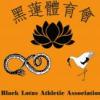


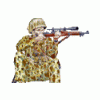







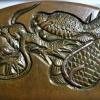


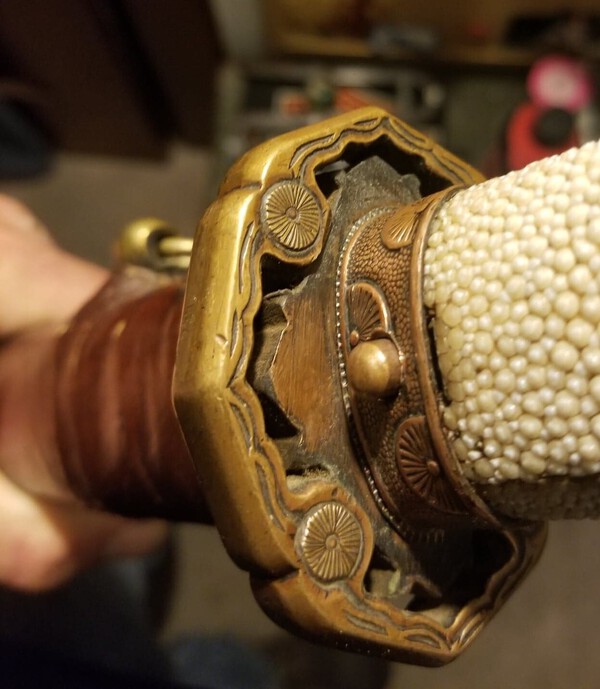

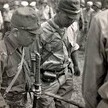



.thumb.jpg.bc10b59027a00aa142dce0349f3ba9e0.jpg)


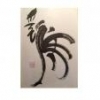

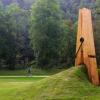
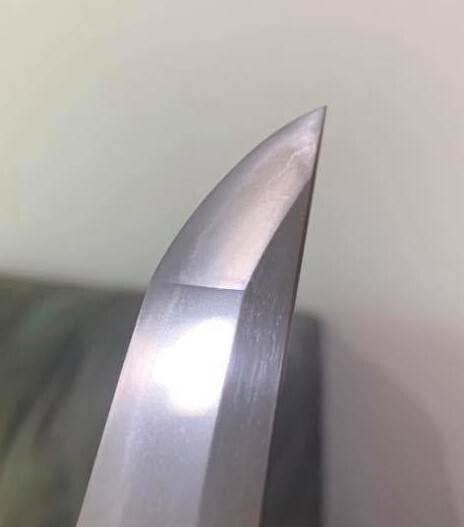
.thumb.jpg.3b59abb8325a516f0d90ca00f084c491.jpg)
